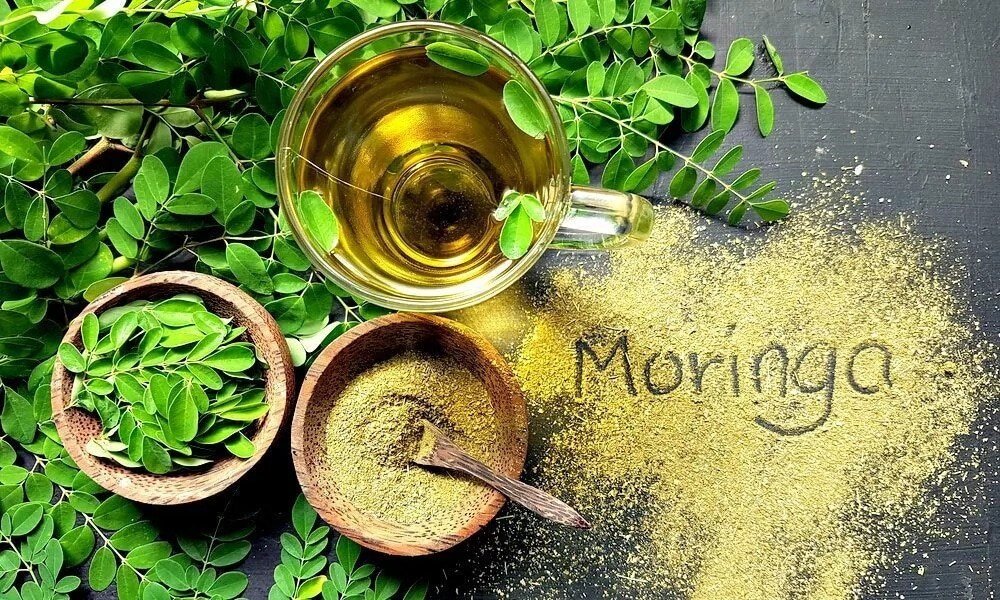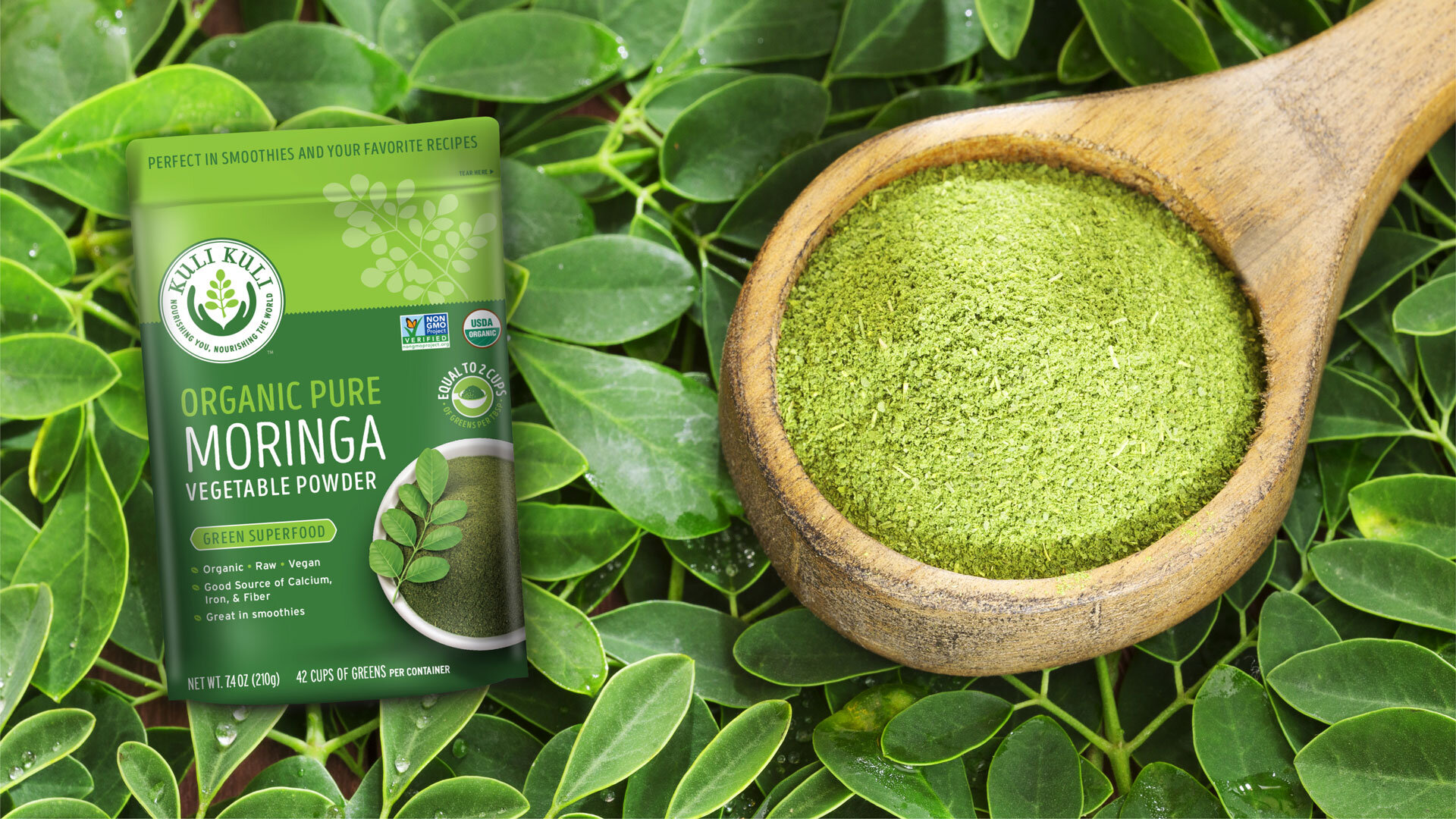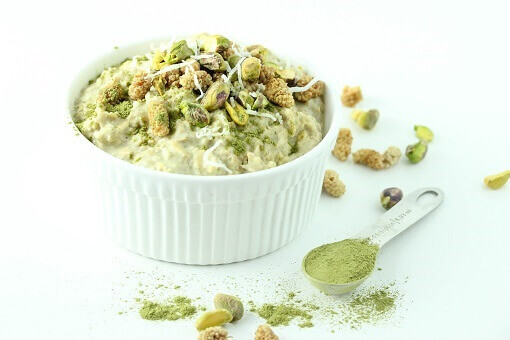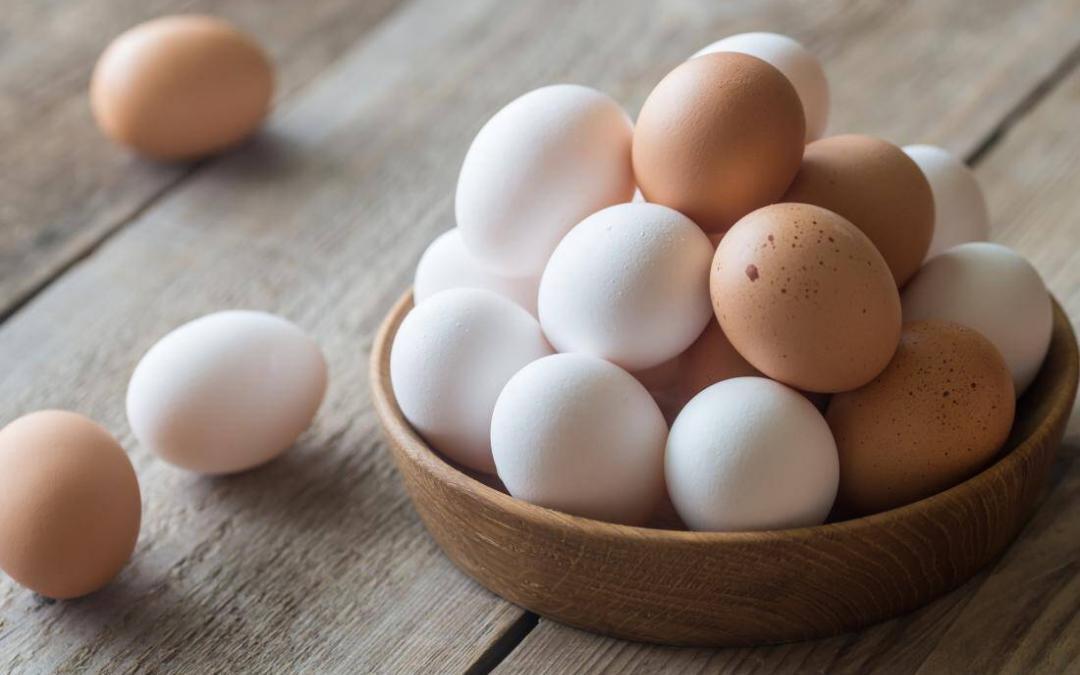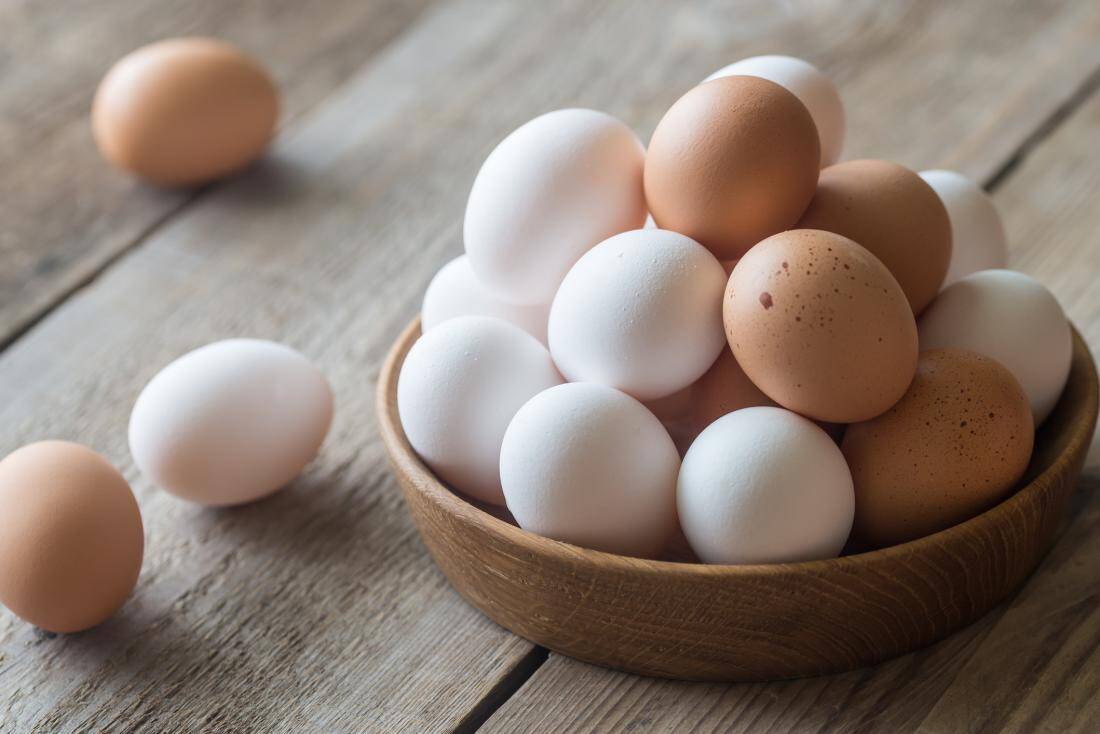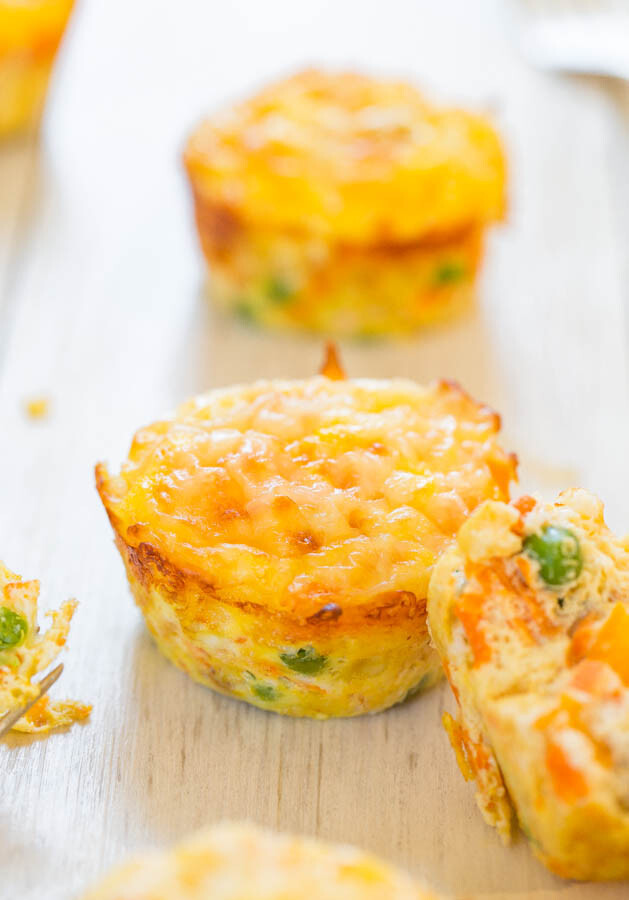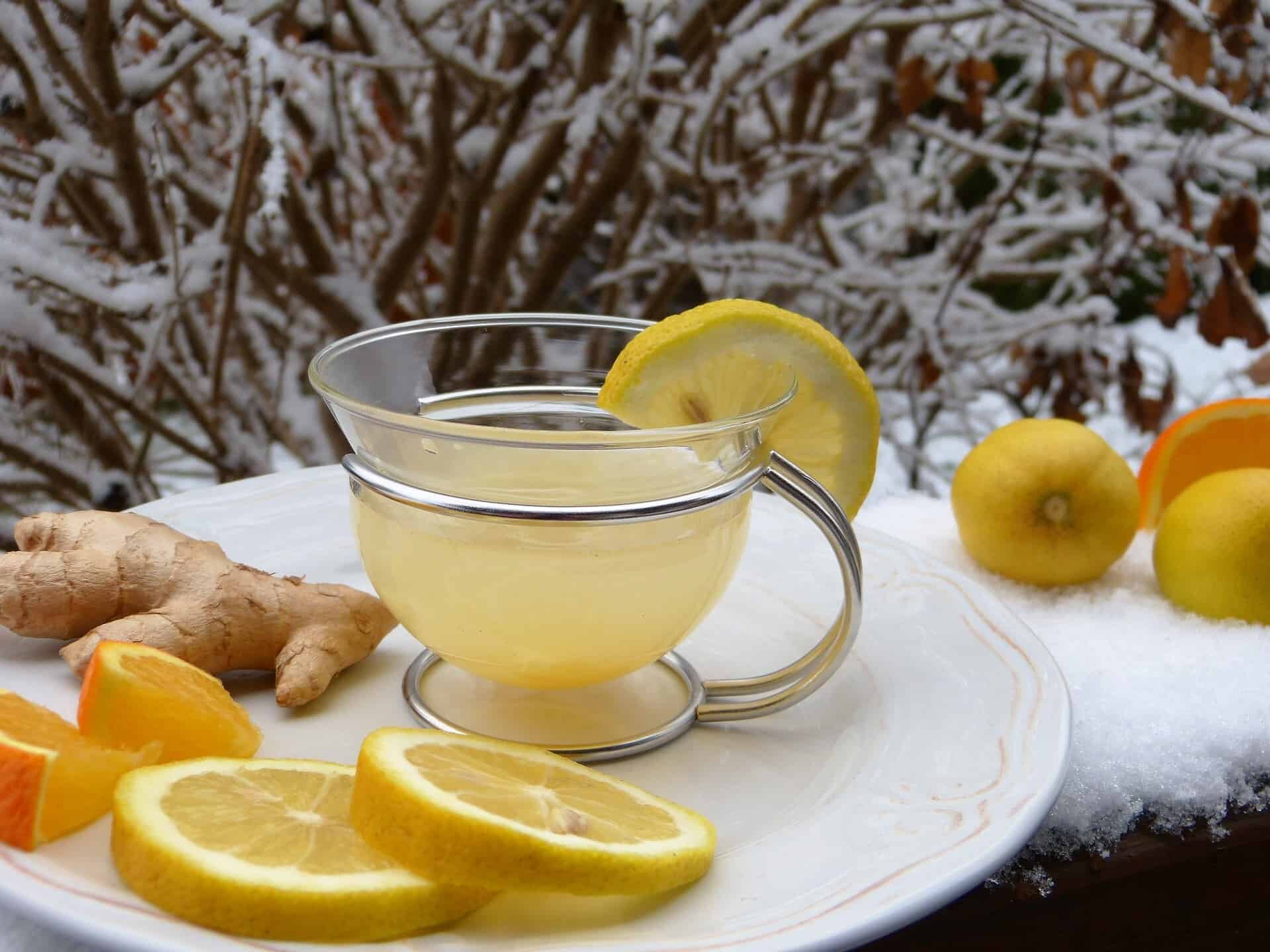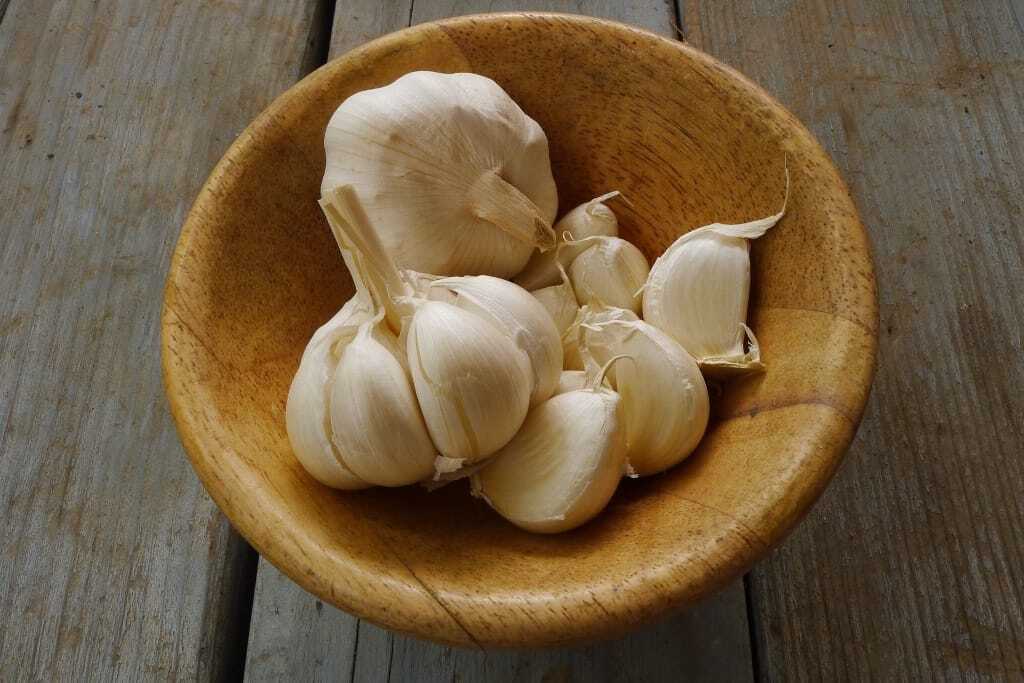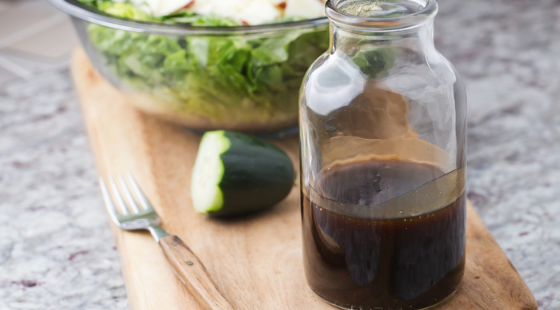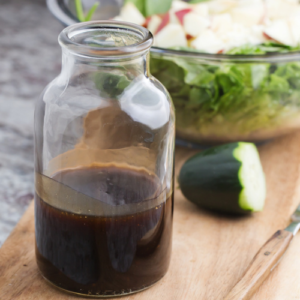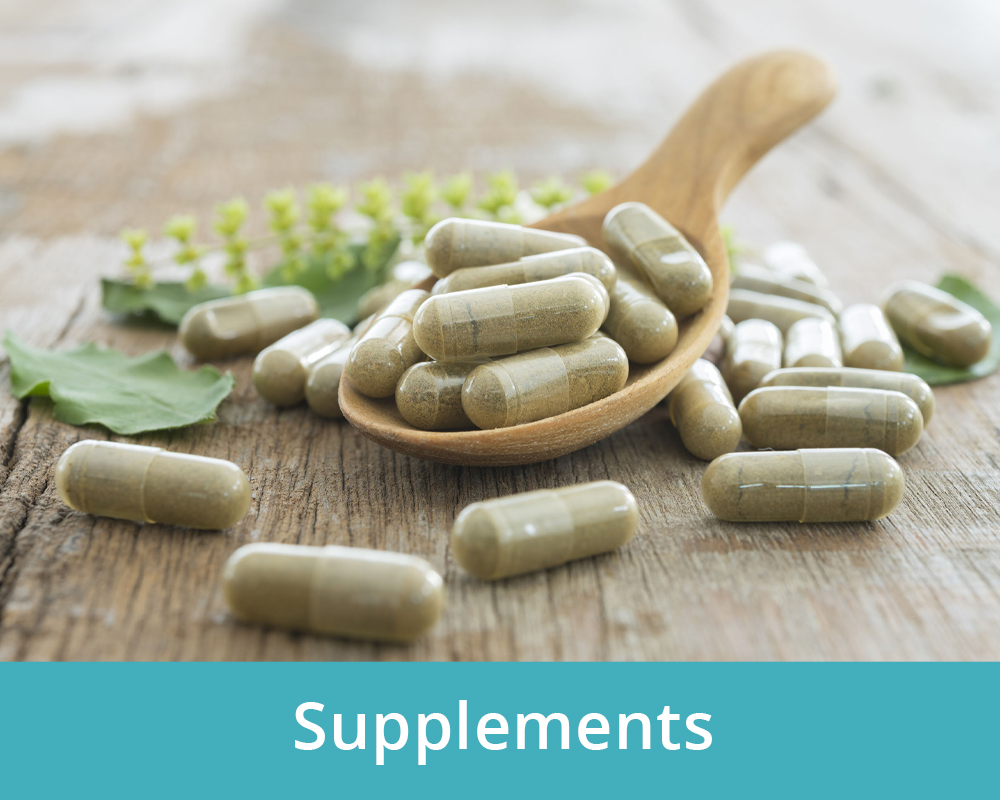Some of the Wonderful Health Benefits of Moringa:
- Traditionally used as an aphrodisiac to support a healthy sex drive, and showing promise in clinical studies for male sexual enhancement (v).
- It’s nutrient-packed. Moringa contains vitamins A, C, and E; calcium; potassium; and protein.
- Fights free radicals – molecules that cause oxidative stress and cell damage (i).
- It fights inflammation – helping to prevent chronic diseases like diabetes, respiratory problems, cardiovascular disease, arthritis, and obesity (ii) (iii).
- Reduces diabetes symptoms by reducing lipid and glucose levels (iv).
- Protects cardiovascular system – prevents plaque formation and reduces cholesterol levels.
- Protects the liver with high concentrations of polyphenols.
- Has antimicrobial and antibacterial properties to fight infections.
How to Use Moringa
Here is your guide to taking Moringa in all it’s forms so you can start benefiting from this wondrous superfood.
In Pill Form
Due to different manufacturing styles and ways to process the plant, the dosage can be varied. Always check the label for recommended dosage given they have different concentration of active ingredients. Usually it’s one pill per day.
In Powder Form
For Moringa leaf powder, it is typically sold in packets or jars. For the most effective health benefits, it’s best taken raw, as heat may destroy some of the useful and healthful compounds. The general instructions for various brands seem to suggest starting off slow and adding more powder day by day in order for the body to get used to the detoxifying qualities of Moringa. Start off with a quarter teaspoon added to your smoothies, iced tea, water or sprinkled on your breakfast such as yoghurt or chia pudding and slowly build up to 1 tablespoons a day.
Seeds and Leaves
You might come across roasted whole Moringa seeds or even whole leaves. These are usually hard to come by so if you want to use these, it’s best to check your local health food store, Asian markets or Traditional Chinese Medicine practitioners. The seeds are typically bitter and astringent though; how much you use will depend on personal taste. To use Moringa seeds, remove the shell and chew five to ten seeds a day if possible, or grind them into powder and sprinkle on your food.
When it comes to cooking Moringa leaves and seeds, the spices used in Indian cooking, such as cumin and turmeric, complement the anti-inflammatory effect of Moringa. If eaten raw, start off with a quarter cup of leaves per day, and build up to half cup a day.
Precautions
No matter how you choose to have your Moringa for its therapeutic effect, the key is moderation and consuming it in line with you and your body. For some that means being able to handle more at first, for you it might be to only take a quarter of the recommended dosage.
Being a superfood, it’s important to remember that Moringa is ultimately not medication but a nutrient-rich food that supports a healthy diet and lifestyle. It’s not meant to be a superfood that gives you everything you need or a cure for all your ailments.
If you are pregnant, never consume Moringa tree bark or root as it could cause early labor or uterine contractions. If you are menstruating, it can cause excessive bleeding due to the detoxifying nature.
As always, consult your doctor before incorporating Moringa into your daily diet.



